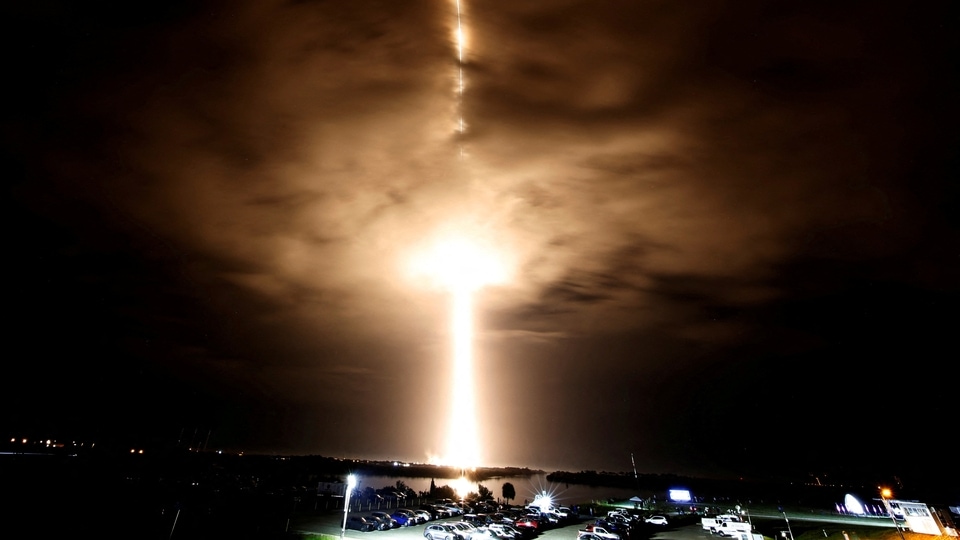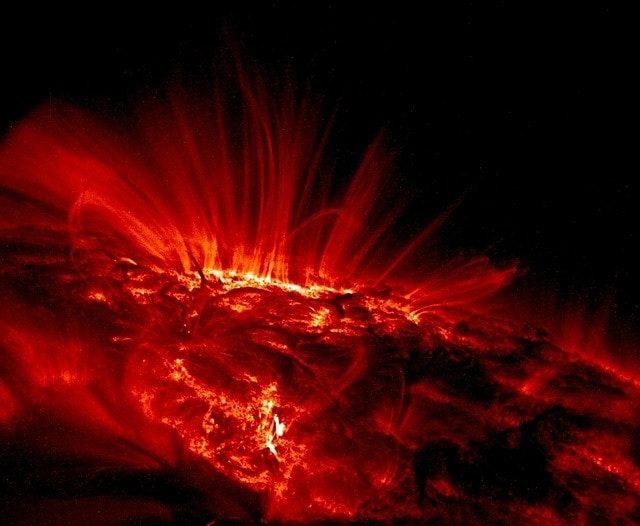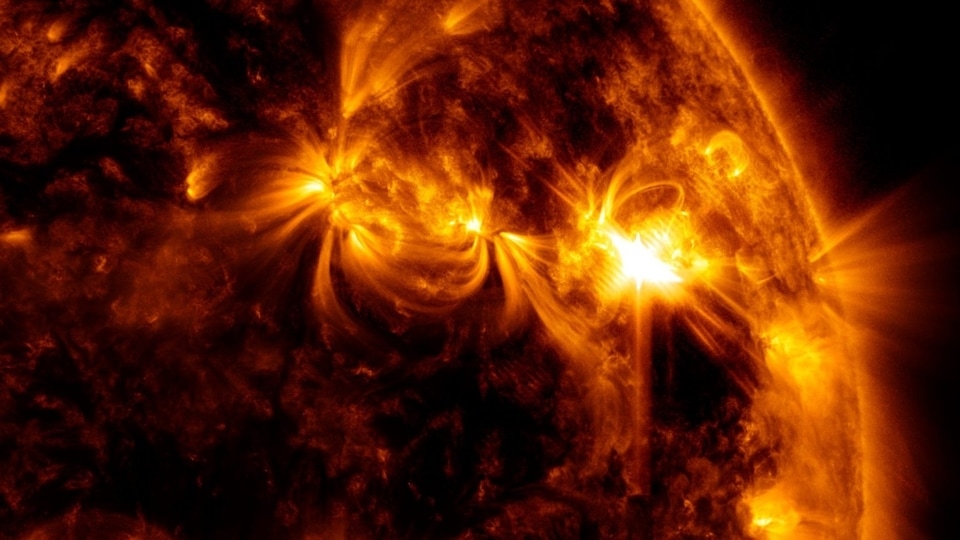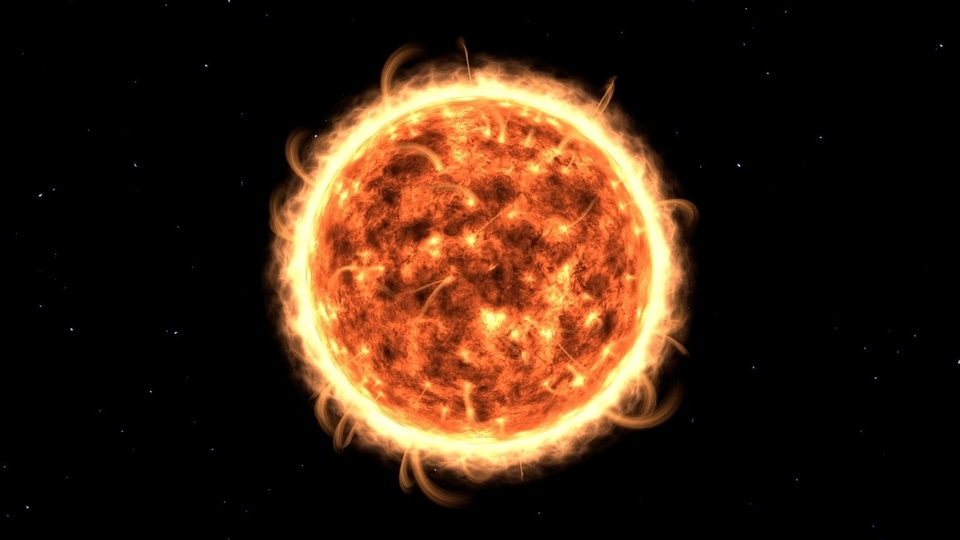Earth-directed solar flares can erupt soon, detects NASA SDO; aurora-sparking solar storms possible
NASA’s Solar Dynamics Observatory has revealed that M-class solar flares could be hurled towards Earth. Know details of this close encounter.







 View all Images
View all ImagesThe Sun has turned volatile and its activity is expected to increase further as the peak of solar cycle 25 comes closer. The current solar cycle has already exceeded expectations, with more number of sunspots already seen than predicted. Earth could be in line to face CMEs, solar flares, solar storms, and other particles with potentially disastrous consequences in the coming weeks and months.
In a new development, NASA's Solar Dynamics Observatory (SDO), which carries a full suite of instruments to observe the Sun, has recently revealed that Earth could be in the firing line of a sunspot and dangerous solar flares could be hurled out that could have the potential to wreak havoc.
Dangerous sunspot
According to a report by spaceweather.com, NASA's Solar Dynamics Observatory (SDO), forecasts that a region on the Sun's surface, termed Sunspot AR3483, has a “'beta-gamma” magnetic field that could trigger M-class solar flares. While the sunspot is diminishing, it still holds enough power to hurl out flares.
The report states, “Departing sunspot AR3483 has a 'beta-gamma' magnetic field that harbors energy for M-class solar flares”. For the unaware, M-class solar flares have moderate intensity, and have the potential to cause power blackouts as well as radio interferences.
These flares are classified according to their strength on the logarithmic scale, similar to how earthquakes are measured. The smallest ones are A-class which occur at near background levels, followed by B, C, and M, while X-rated flares are the strongest.
How do solar flares affect tech?
Like asteroids, solar flares also pose a threat to Earth. Strong solar flares can cause power and radio blackouts for several hours or even days, spark auroras, give people in airplanes doses of radiation and can even influence elections! Technological instruments are especially at risk during flares. This is because when cosmic rays strike Earth, they release various particles like energetic neutrons, muons, pions and alpha particles. Although these particles do not affect the human body, they also pass through integrated circuits and cause damage, often changing the data stored in the memory.
Catch all the Latest Tech News, Mobile News, Laptop News, Gaming news, Wearables News , How To News, also keep up with us on Whatsapp channel,Twitter, Facebook, Google News, and Instagram. For our latest videos, subscribe to our YouTube channel.
































